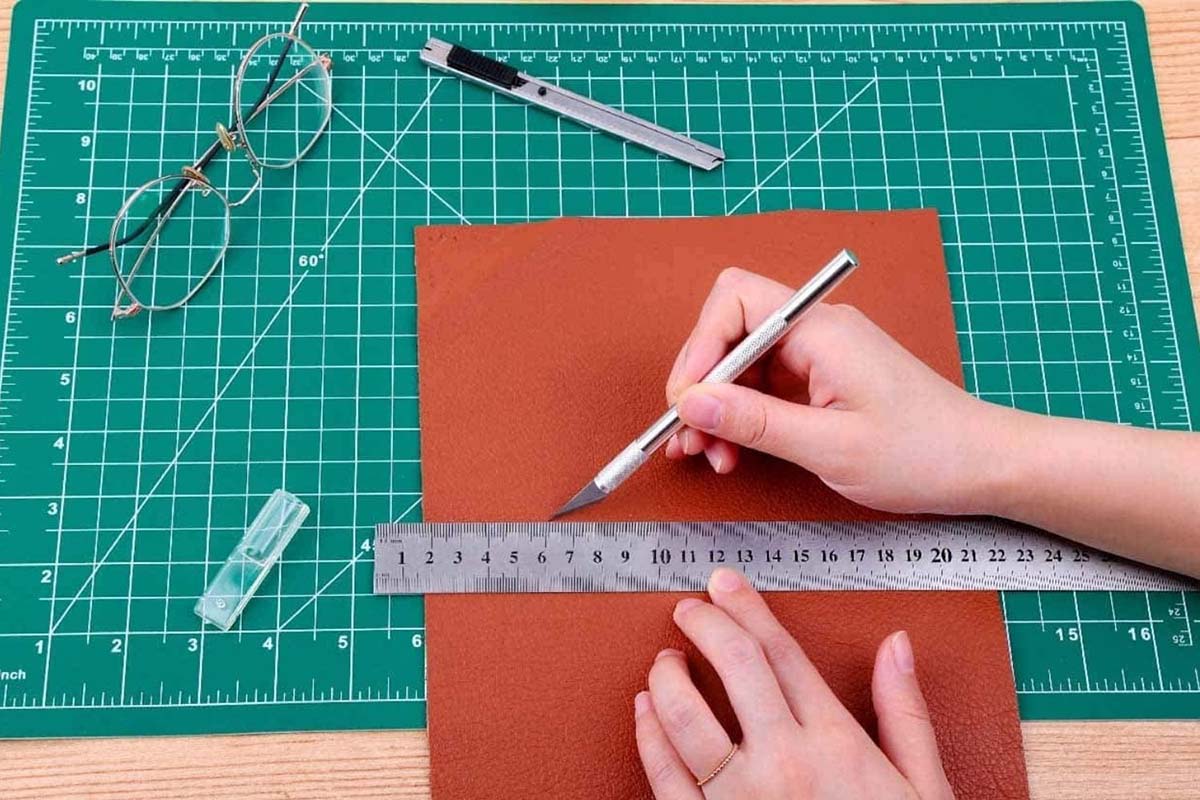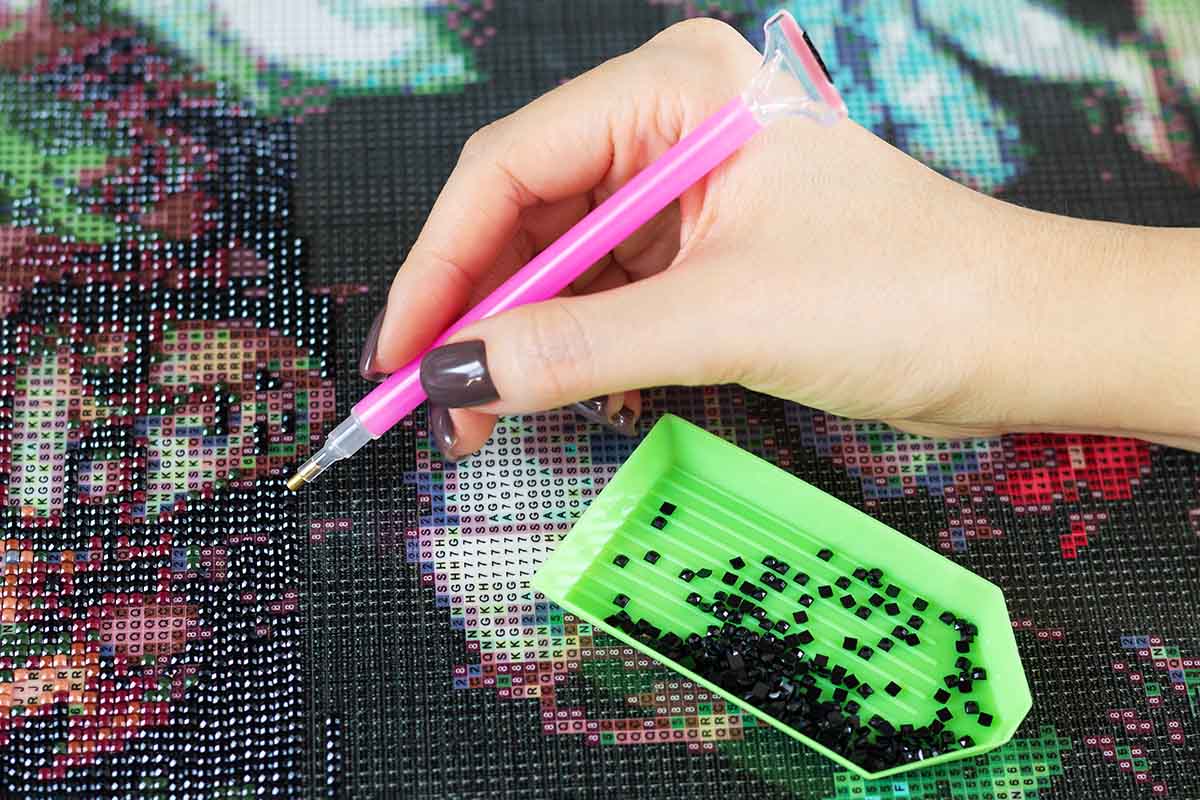Cutting Mat Basics to Know Before Getting Started With a Craft Project
Craft cutting mats are essential while doing any arts and crafts. But, you need to understand what craft cutting mats are before you try these to help you with your new project. They are great for protecting surfaces against damage while using craft knives, rotary cutters, or any sharp tools you use while crafting an assignment.
Why Do You Need A Cutting Mat?
As a hobbyist, you need to understand how to use a cutting mat and which type of cutting mat is best for your needs. Cutting mats come in handy to protect the surfaces where you use cutting tools to leave tell-tale marks and damage the surface. In addition, you have self-healing cutting mats; their unique feature (they’re made by fusing tiny strips of material) allows them to separate and allow a sharp knife through and seal back in place when the task is done.
Choosing the Right Cutting Mat isn’t Difficult
A good reason to invest in self-healing cutting mats is that they are durable with extra thick single-ply mats. Please ensure that the cutting mat has a minimum thickness of 3mm. Thin cutting mats may not be very durable and can’t be used with a straight-bladed knife.
However, the best-suited cutting mats should be at least three plies thick and better if the outer plies are not too thin and the inner plies are thick. Also, the cutting mat should have a non-glare surface since a reflective mat surface can hinder your view of the material you are cutting.
Finally, it is better to have a medium tooth cutting texture. A cutting mat with a very smooth surface causes the material being cut to slip away. However, it is challenging to make straight cuts when a cutting mat is too textured.
It is Easy to Clean a Self-Healing Cutting Mat
Another reason you should invest in a cutting mat is that it is easy to clean and maintain. Keeping it clean and maintaining it helps extend the cutting mat’s life and ensures that it works well throughout its lifespan. You can try these mats with most surfaces and don’t need to worry about their upkeep.
After each use, all you need to do is use a lint roller or any removal device that can be rolled over the cutting mat to remove microscopic materials clinging onto the mat. Using a clean, non-cotton cloth is recommended while wiping the surface. Remember that some fabric towels may leave loose fluff on the surface.
To remove more stubborn stains made by ink or pencil, it is better to use a piece of damp cloth dipped in washing liquid, making your cutting mat look as good as new. It is advisable not to use any harsh chemicals on your cutting mat, affecting the alignment and markings on the surface.
After cleaning your cutting mat with a cleaner, it is advisable to wash it with clean water (not hot) that removes any residual cleaner clinging to it.
Cutting mat basics: summing it up
It is good to invest in a cutting mat for your crafting projects. However, before buying your cutting mat, it helps if you learn about its applications.



















